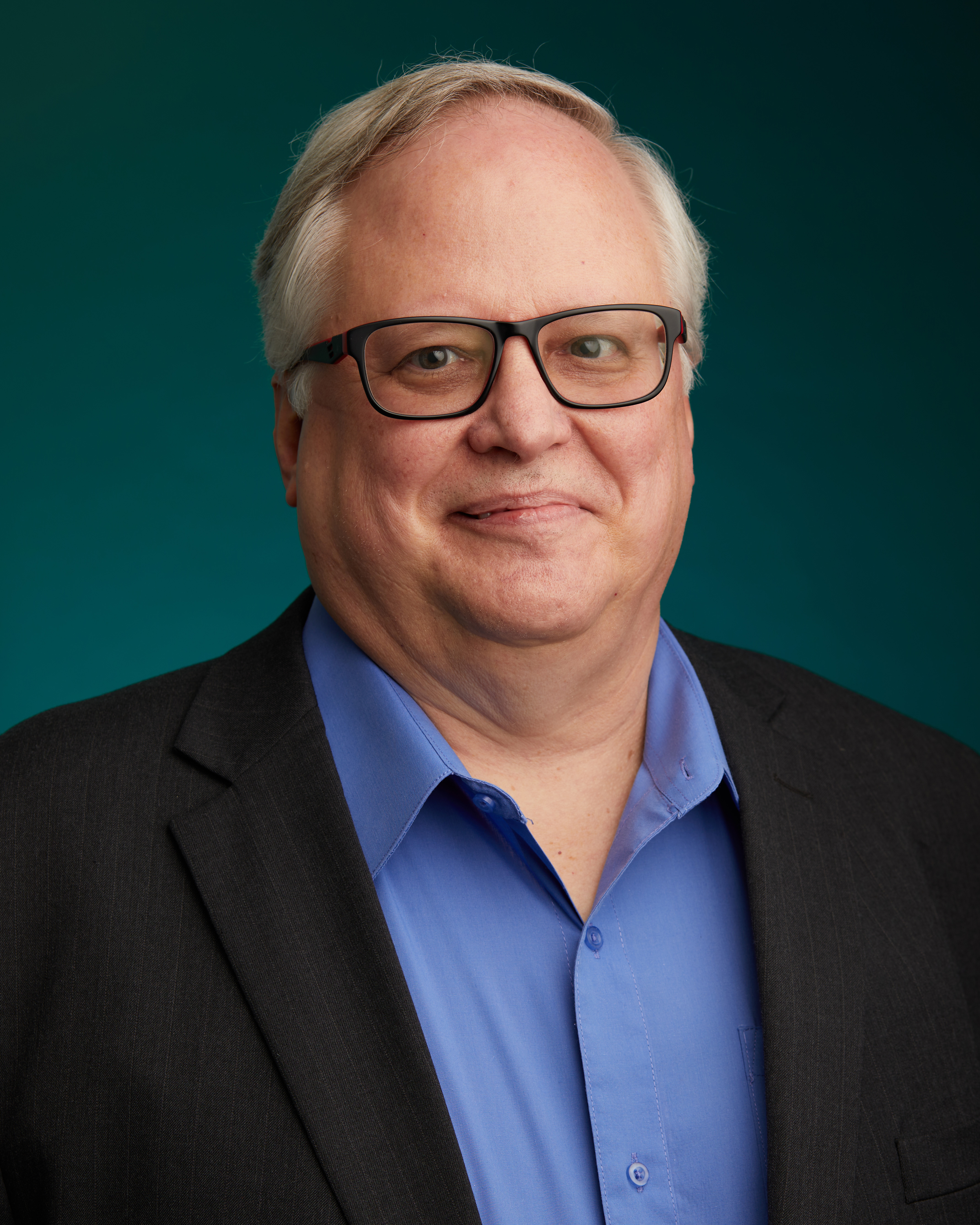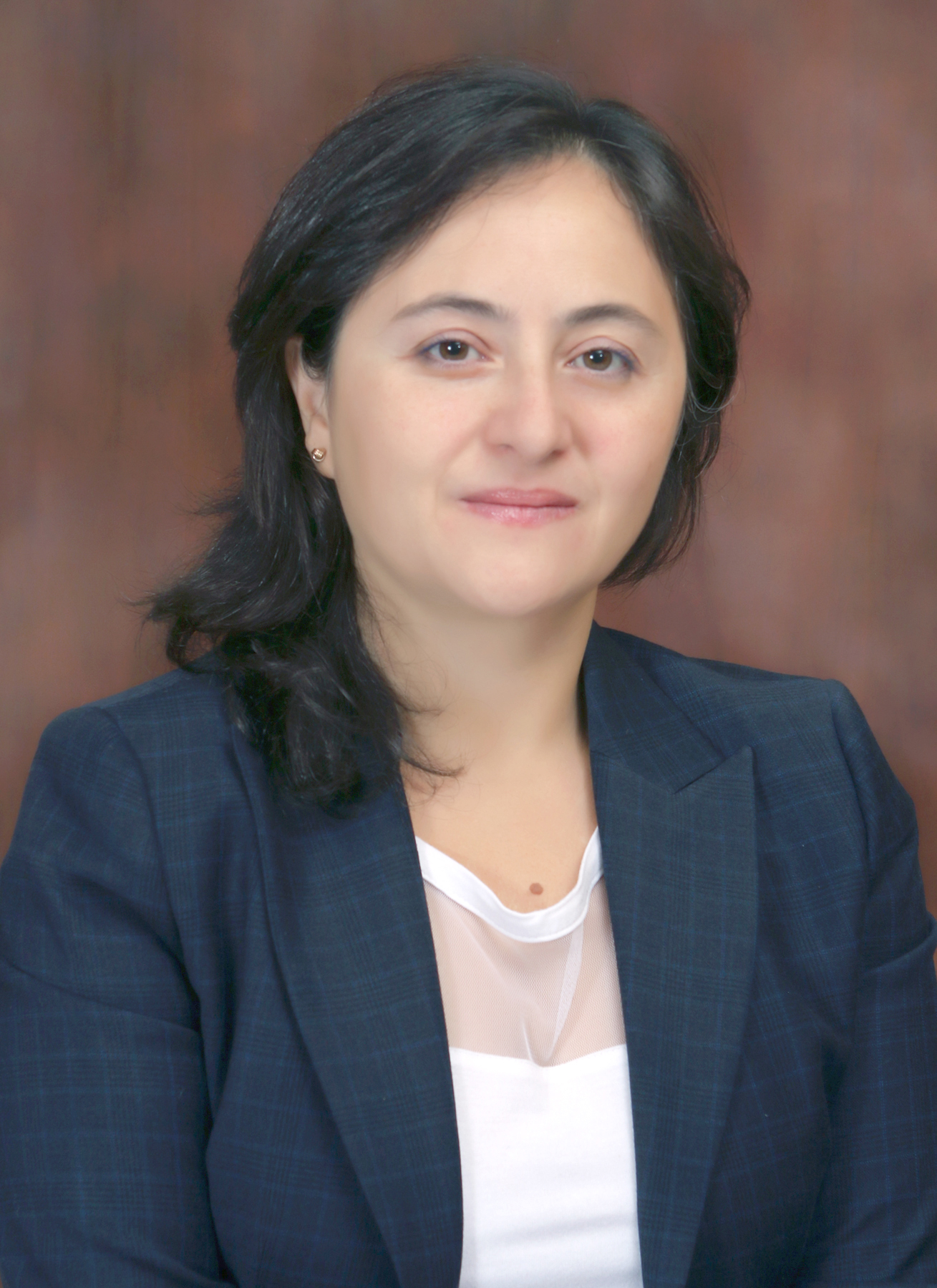 Timothy Ott overcame any hurdle he faced successfully to become a board-certified family medicine physician – including one challenge that most medical students don’t face. For most of his life, Dr. Ott’s eyes crossed in, leading to double vision that caused him to see two images of one object.
Timothy Ott overcame any hurdle he faced successfully to become a board-certified family medicine physician – including one challenge that most medical students don’t face. For most of his life, Dr. Ott’s eyes crossed in, leading to double vision that caused him to see two images of one object.
His condition is uncommon. Some studies show only 50 people out of 100,000 suffer with a form of double vision.
“This runs in my family. I was diagnosed with the problem as a young child,” Dr. Ott explained.
“It was treated with patching and bifocals and got better. For the longest time I didn’t have any problems.”
“Then, when I went to medical school and sat in a big auditorium trying to see the screen - and endured long hours of eye strain - I started having double vision again,” he continued.
At that time, prisms were put in to Dr. Ott’s glasses. A prism added to eyeglasses bends light before it travels through the eye. The light is redirected to the proper place on the retina in each eye. That allows the brain of people with double vision to be able to fuse the two images they see into one clear image.
Prisms partially helped Dr. Ott for more than 30 years.
“Over the last couple of years, the double vision came back again and became worse,” he said.
Dr. Ott made an appointment with his own eye doctor, who referred him to Blessing Health ophthalmologist Senem Salar-Gomceli, MD.
Certified by the American Board of Ophthalmology, Dr. Salar completed a fellowship training in pediatric ophthalmology and Adult Strabismus – advanced education and training in eye movement disorders in both children and adults. Strabismus, particularly, is a general term for crossing of the eyes.
While Dr. Ott had hoped he could continue to avoid eye surgery, Dr. Salar’s examination showed his condition required glasses with prisms that would need to be at least five times stronger than the ones he currently wore. Prisms in this large amount are not tolerated by patients.
“There is no way my vision could be corrected any longer with glasses,” Dr. Ott admitted.
As she does with all her patients with similar eye movement problems, Dr. Salar offered to refer Dr. Ott to a provider in the St. Louis-area for a second opinion.
“I am trained and confident in managing conditions of the eye of this sort, but I always give patient’s the option of a referral to a tertiary care center,” Dr. Salar explained.
Dr. Ott felt he did not need a referral.
“With me asking questions of her, and her competence, that reassured me I was in good hands with Dr. Salar,” he said. “She was extremely professional and very reassuring, as was her staff.”
Each eye relies on six muscles to function properly.
“I operated on the inner two muscles of each of Dr. Ott’s eyes to align them properly,” Dr. Salar explained. “He had great results with complete resolution of his crossing in of the eyes.”
Within a week of his surgery, Dr. Ott said he needed new glasses – a pair without prisms for the first time in more than 40 years.
“I have no more double vision. Dr. Salar did a wonderful job. I have not seen this well in 40 years. It’s wonderful,” Dr. Ott concluded.
For more information on the care available from Dr. Salar-Gomceli, go to blessinghealth.org/visioncenter, or call (217) 214-0454.
